On this Day a Century Ago
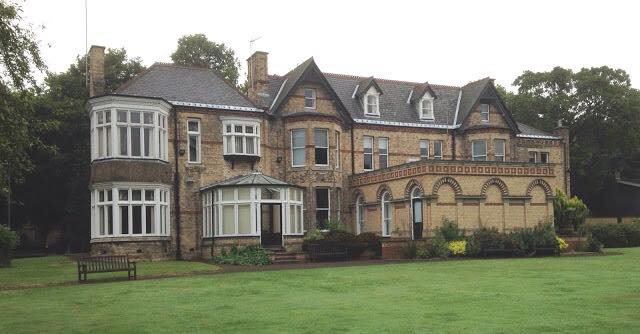
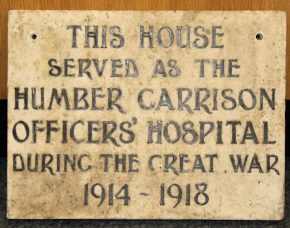
On this day exactly 100 years ago, an emaciated J.R.R. Tolkien left Brooklands Officers’ Hospital and was transferred to a convalescent hospital in Blackpool. His 18 months convalescing in Hull and East Yorkshire was at an end. Over two summers he had spent nearly 18 weeks at this hospital separated from the distractions of family-life, protected from the ongoing war, and not yet burdened with an academic workload. This gave him the important opportunity of working on his Gnomish lexicon, working on his grammars and vocabularies, without which his emerging mythology wouldn’t have had the solidity it undoubtedly has. These strong linguistic foundations gave his fictional world-building a complexity and reality no other single author has been able to rival.
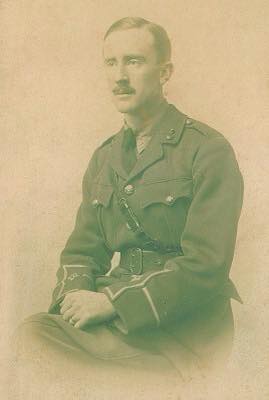
The 18 months in East Yorkshire included Edith’s dance among the “hemlocks”, which he freely admitted was the inspiration for the meeting of Lúthien Tinúviel and Beren in his emerging mythology. Tolkien also wrote the first version of ‘The Tale of Tinúviel’ and ‘The Tale of Turumbar’ as he was recovering from Trench Fever. These are two out of the three of his “Great Tales” in his Legendarium. He rewrote earlier poems, and made the violence of the sea stronger after witnessing the effects of the North Sea/German Ocean during the winter months on the Yorkshire coast. Poems he worked on during the 18 months in Yorkshire include: ‘Sea-Song of an Elder Day’, which was retitled ‘The Horns of Ulmo’; ‘The Lonely Harebell’ became ‘Elf Alone’, plus he also wrote an early version of ‘The Song of Eriol’. Brand new poems he composed in East Yorkshire were ‘The Grey Bridge of Tavrobel’, and the as yet still unpublished tribute to his TCBS friends ‘The Companions of the Rose.’
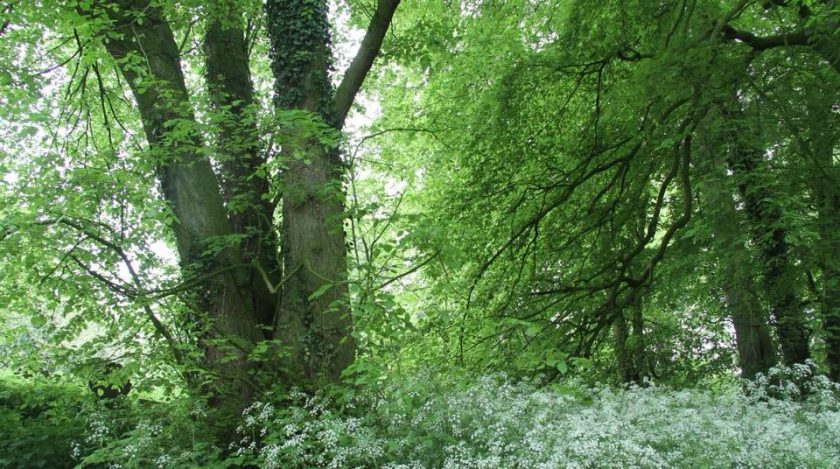
A few years ago Tolkien’s recovery in East Yorkshire was relatively unknown, hopefully 100 years after he left the area for the last time, its importance as a place of inspiration and recuperation is finally being acknowledged.
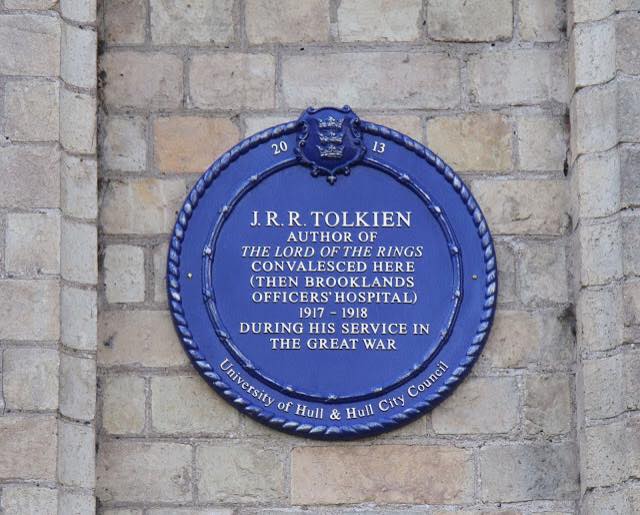
About the Author: Michael Flowers
I am a self-employed wildlife guide. I take people to beautiful places to learn about their local nature. I've been reading Tolkien from the age of 9, and have recently become interested in Tolkien's time in East Yorkshire during WW1. I completed a Masters degree from the University of Sheffield in the Victorian Ghost Stories of Ellen [Mrs Henry] Wood.